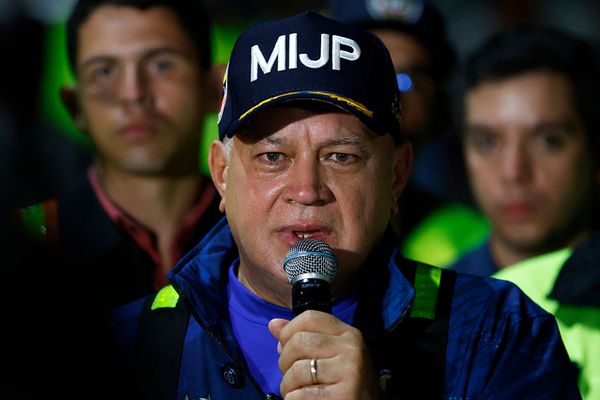The Madras High Court has raised a doubt as to whether a conspiracy hatched to kill leaders belonging to the Rashtriya Swayamsevak Sangh (RSS) or Bharatiya Janata Party (BJP) or even the killing of Hindu religious leaders as such can be termed as a ‘terrorist act.’
Justices S.S. Sundar and Sunder Mohan said, an act would fall under Section 15 of the Unlawful Activities (Prevention) Act, 1967 if had been committed with an intent to threaten or likely to threaten the unity, integrity, security, economic security or sovereignty of the country.
Further, Section 15 dealing with ‘terrorist act’ could also be invoked if a person had committed any action with an intent to strike terror or likely to strike terror among the people in general or any section of the people either in India or in any foreign country.
“The question as to whether the killing of Hindu religious leaders by itself can constitute a terrorist act is debatable... The respondent (Erode police) has not spelt out how a conspiracy to attack certain religious leaders would amount to a terrorist act as defined under Section 15 of UAPA,” the judges wrote.
The observations were made while granting bail to Asif Musthaheen arrested on July 26, 2022 for allegedly conspiring to kill members of Hindu organisations. The Erode North police had booked him under various provisions of the Indian Penal Code as well as UAPA.
“Considering the broad probabilities of the case from the materials collected by the prosecution, one cannot definitely conclude that there was a conspiracy to commit a terrorist act, though there is a conspiracy to commit other illegal acts including serious offences,” the Division Bench said.
Though Additional Public Prosecutor A. Gokulakrishnan submitted translation of certain Arabic text messages shared by the bail petitioner with the second accused in the case, the Bench said, those messages do not indicate anywhere that the petitioner had joined the Islamic State, a proscribed terrorist organisation.
The Bench pointed out that there was no evidence even to prove that at least the second accused was a member of the IS. “Even assuming that A2 is a member of ISIS, the text messages (exchanged on an app called Nekogram) only indicate that the appellant/A1 wanted to be close to A2,” the judges said.
They went on to add: “Proximity to an individual is different from associating oneself with or professing to be associated with the terrorist association to further its activities... Therefore, we are of the prima facie view that the offence under Section 38(2) (being a member of terrorist organisation) of the UAPA, too has not been made out.”
Authoring the verdict for the Division Bench, Justice Mohan made it clear that all observations with regard to the prima facie case under Sections 18 (punishment for conspiring to commit a terrorist act) and 38(2) of UAPA had been made only by taking into consideration the broad probabilities of the case and for the purpose of considering the bail application.
The judges granted to bail to Musthaheen on condition that he should surrender his passport, stay in Erode city and appear before the trial court everyday. He was also ordered to use only one mobile phone and provide the phone number to the trial court.







